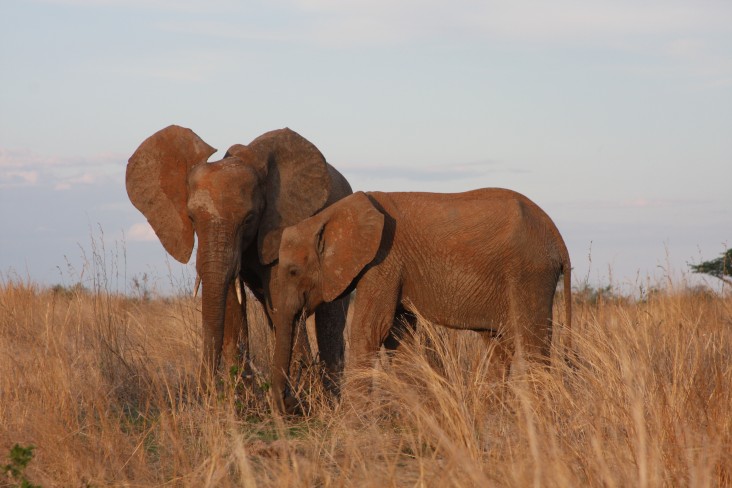
Tanzania is uniquely rich in wildlife and natural resources, with more than 28 percent of the country protected through national parks, game and forest reserves, and other types of conservation. Protected areas, however, are not sufficient to accommodate wildlife migration patterns, which often run outside protected areas, causing conflicts with the settled populations.
For more than a decade, USAID’s partnership with Tanzanians has built livelihoods and managed natural resources by developing and implementing national environmental policies and supporting community-based conservation. USAID’s sustainable landscape approach targets critical ecosystems to sustain wildlife habitats, reverse land degradation, restore watersheds, and improve community livelihoods through conservation enterprises. Activities also target sustainable agriculture and agroforestry, trade, and private sector initiatives. As a result of such efforts, more than nine million hectares of biologically significant land in Tanzania are under improved management for conservation, sustainable agriculture, and other land uses.








Comment
Make a general inquiry or suggest an improvement.